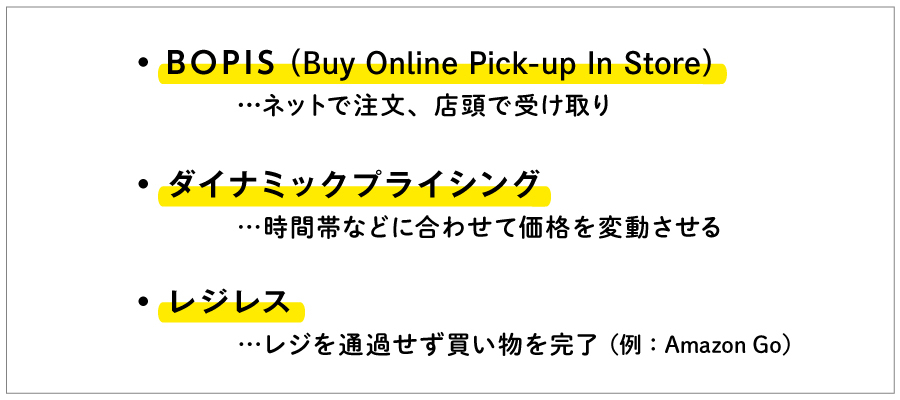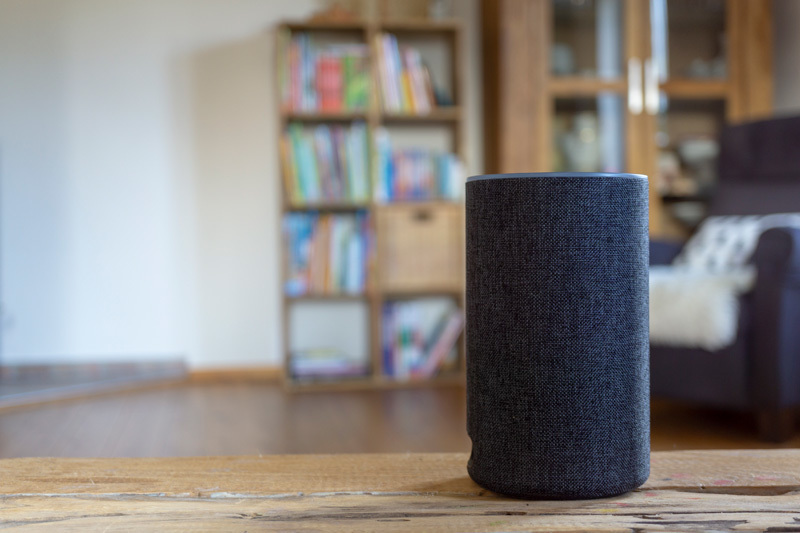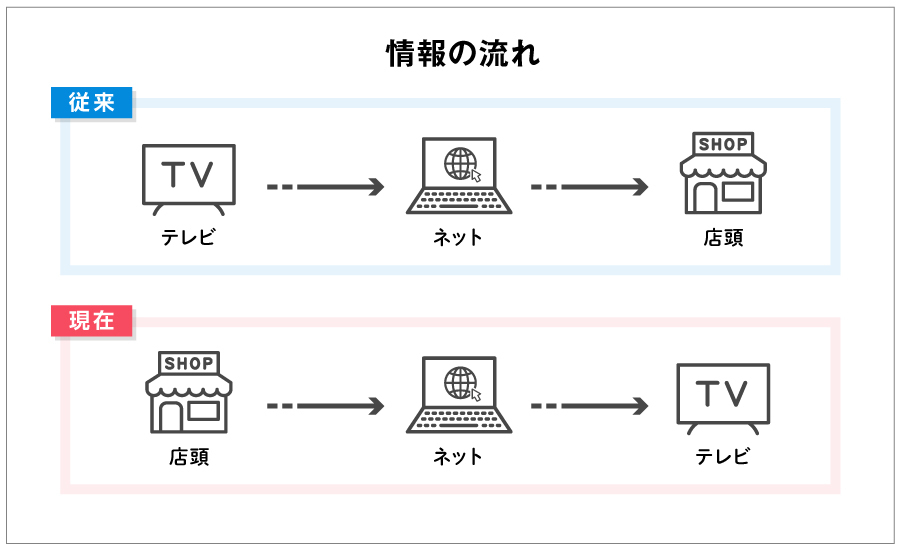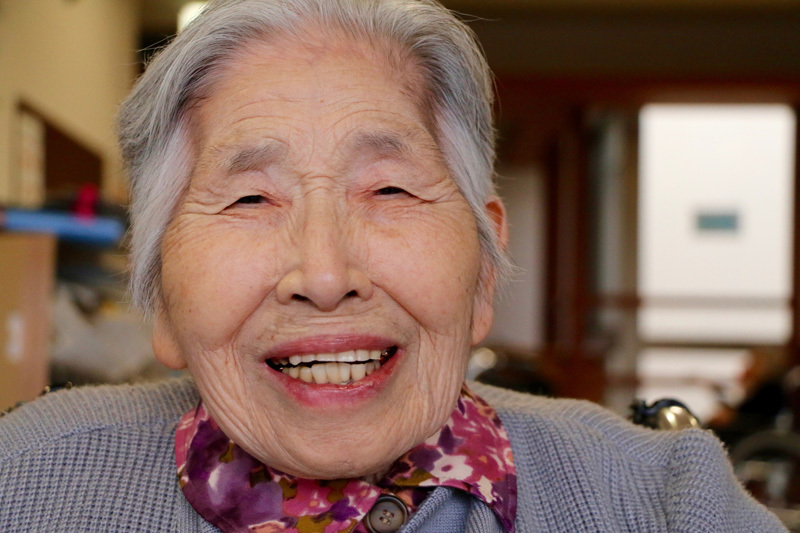As the online shift accelerates across all industries, bringing significant changes to consumers' values and purchasing processes, there is now a demand for a new shopping experience where online and offline are seamlessly connected.
In February 2021, the Dentsu Group in Japan launched " dentsu SX " (S-X) (*1), a project to design new "shopping experiences" for the OMO (Online Merges with Offline) era. The name SX embodies both "Shopping Transformation" and "Shopping Experience." Through a powerful partnership with frog design inc., one of the world's leading design firms, we leverage technology and creativity to provide one-stop support—from strategy and implementation to operation—for new shopping experiences tailored to the coming era.
This series examines the changes occurring across five industries—"Cosmetics," "Finance," "Fashion," "Consumer Goods," and "Home Appliances"—and explores future prospects.
In the fifth installment, Mr. Rippei Honma of Dentsu Inc. Tech discusses the changes occurring in "Consumer Goods" and future prospects.
*1 dentsu SX
A project by seven domestic Dentsu Group companies designed to create integrated online-offline purchasing experiences aligned with the OMO era from the customer's perspective, contributing to business growth in the retail sector. Integrating the Dentsu Group's accumulated business expertise with the insights of its strategic partner, frog design inc. By combining Dentsu Inc.'s proprietary customer behavior data and cutting-edge technologies like AI and cloud computing with creativity that captures customer insights, it creates unique shopping experiences for brands from the customer's perspective. ( See release for details )
Physical stores have become a "cluster of pain points"
The primary challenge currently facing retailers like supermarkets and drugstores is undoubtedly " contactless." The impact of the novel coronavirus has highlighted the problems inherent in physical stores. Stores are inherently places prone to crowding with customers, and there are numerous points that must be touched, such as shopping baskets, touch panels, and products themselves. While cashless payments and self-checkout systems are being introduced at registers, the queues waiting to pay don't seem to have been significantly reduced.
As a solution, the following approaches are being anticipated:
As noted across all industries, the COVID-19 pandemic has significantly accelerated the pace of digital transformation (DX) planned by companies. Reduced infection risks and increased convenience are positive developments. However, the flip side raises concerns about the very survival of physical stores. In Europe and the US, the pre-pandemic wave of store closures has intensified. The shift of shopping to e-commerce goes without saying.
There are other reasons for e-commerce's remarkable growth. The use of voice assistant devices like Amazon's "Alexa" is increasing. While this might not yet feel tangible in Japan, in the US, ordering products by voice from home is becoming commonplace. Using these devices also tends to increase shopping volume; data shows Alexa users shop 1.3 times more than non-users.
Furthermore, AI that recommends products is advancing remarkably, becoming highly accurate at understanding individual preferences and shopping timing. In the near future, AI might read our minds, automatically delivering desired products without us even placing an order.
Physical Stores Shift from "Point of Purchase" to "Point of Information"
While I've listed mostly pessimistic points for retailers, physical stores still have opportunities. The advent of smartphones and social media has transformed the storefront from a mere shopping spot into an "information hub."
In recent years, consumer desires have shifted from "products" (material consumption) to "memory-making" and "events" (experience consumption). More recently, there's a growing tendency to seek out "trending topics" (content consumption) that people want to share on social media.
People with high information sensitivity are constantly searching the real world for content-worthy experiences. If a local retail store offers unique products, an engaging sales floor, or a message that resonates, these can spread instantly through social media.
Traditionally, shopping followed this pattern: learn about a product on TV, research it online, then buy it in-store. Now, however, a reverse flow is emerging: something happening at a physical store spreads online, and then TV picks it up.
Here's an example. At a supermarket, a woman with a young child was selecting prepared foods. Suddenly, an elderly man she didn't know said to her,
" If you're a mother, why don't you just make potato salad yourself?"
This episode was tweeted on social media, causing a significant backlash. Discussions erupted
When this episode was tweeted on social media, it caused a huge stir. Discussions flew back and forth: "Is potato salad really that easy to make?" and "Is buying prepared food just being lazy?"
Television stations, noticing the buzz, ran major stories with headlines like " Potato Salad Debate Erupts! "
Times like these present opportunities to boost sales. One manufacturer introduced kitchen tools that simplify potato salad preparation. A supermarket displayed point-of-purchase signage with the message: " Ready-made dishes aren't cutting corners—they're saving time. " This initiative was then shared on social media, resonating widely and spreading rapidly.
While real and digital are often discussed as opposing forces, examples like this show that physical stores can become ignition points for information within vast social media networks. This clearly demonstrates an "OMO" state where online encompasses offline.
Here's a suggestion for retailers: Why not appoint an "SNS Marketer " for each store? This person wouldn't just share store information on social media, but would also quickly capture emerging "trends" in the world and reflect them in store layout and campaign planning.
This will surely create
"a store where there's always something new to discover"
and steadily grow your fan base.
DX must not lose the "conversation with customers"
Finally, let me share an unforgettable story.
A supermarket ran a discount campaign exclusively for mobile members. When a regular elderly customer learned about it in-store, she became furious.
" I can't buy my usual 'karinto' at a discount! I don't have a cell phone! "
Recently, campaigns are increasingly shifting to digital, with many now requiring smartphones for everything from entry and lottery draws to prize delivery.
However, we must not forget that physical stores are " communication touchpoints " connecting with local people. Had they been in daily contact with customers, understanding their shopping habits and requests, they might have been able to care for their regulars better.
Going forward, the introduction of smart registers and automated restocking will likely reduce the number of staff needed. This will lead to lower labor costs. However, if the result is that "we can no longer see our customers' faces," it defeats the purpose.
Rather than dismissing cashiers freed from tasks by DX, they should be reassigned as " Comprehensive Shopping Support Staff " who engage with customers and resolve various issues.
If digital transformation ends up benefiting only a small group of tech-savvy individuals, it is a failure. In this sense, I would like to conclude by stating that DX in the consumer goods sector must always be " DX for the elderly."
dentsu SX welcomes inquiries and questions from businesses. Interested parties are encouraged to contact us via our official website.










